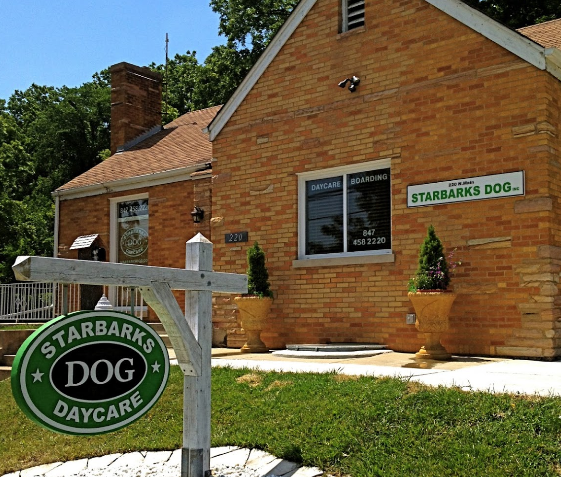
If you would like to be notified when the book is released, received two free chapters (when they are available), get invites to special online events and receive discounts on launch day, click here.
I have an entire chapter (3 actually) devoted to naming your brand, doing a trademark search and the trademark process. Included in this huge section is a list of 10 mistakes that I see on trademark applications all the time. This is a rough version of what is in the book, but the practical tips are pretty much unchanged.
10 Common Trademark Application Mistakes
They file their application under their personal name. This is a very common mistake. When you are in the initial stages of starting your online business, you may not have registered a corporate entity yet. Instead of using your proposed business or “DBA” (doing business as) name on the trademark application, you use your personal name. Seems legit, right? Wrong. This is fatal to your application.[1] If you do this you will lose the application fee and you will have to start over again.
Pick the wrong International Class. There are 45 different classes of goods and services. In many cases, your goods or services may fall within several international classes. I’ve seen people attempt to register a trademark in a class in which their product does not fall, however. This is usually done because a competitor has already picked their name in the class that they should register in. While not fatal to an application, the class number will be adjusted by the examining attorney.[2] This adjustment may cause your trademark to be at odds with a previously registered mark and may cause your application to be denied.
Name is too descriptive. As discussed previously, descriptive marks are names that include direct references to the goods or services that you are selling. These names typically cannot be registered unless you can show that they have a distinctive character has been established through extensive use of the product or service in the marketplace. For this reason, they are a poor choice for a trademark name for a new business that has no history selling in the marketplace. I say this over and over, but someone will still attempt to register a descriptive name and then call me after they receive the initial denial from the examining attorney.
Description of goods/services is too broad or too narrow. As mentioned before, you need to find a happy medium between having too narrow and too broad of a description of your goods or services on your trademark application. If your name is challenged by the examining attorney, you want to leave yourself with enough information to narrow the description if need be. If your description is already narrow, you will be stuck. Always remember, you can take away in the description, but you can’t add.
Failing to Conduct a Comprehensive Search. This should really be at the top of this list, because it is probably the most common problem I see. Way too many people call me attempting to register a trademark that, with some simple research, they would have found is clearly in competition with a competitor. Unfortunately, the method for them finding this out is frequently a cease and desist letter from a competitor. If they are lucky, the examining attorney handling their file at the USPTO will just deny their registration.
I own the domain name so I also own the trademark rights. This is another common misconception. The fact that you have registered a domain name means absolutely nothing in the world of trademarks. Trademark rights follow the sale of goods or services in the marketplace. Simply owning a domain name, without using it, does not give you any trademark rights to that name. That being said, if you registered a domain, then immediately began using the domain name as your trademark, then you may have common law rights to that name. But be careful – in general, owning a domain name alone, without using it, does not give you trademark rights to the name.
Nobody has registered the mark we want to use, so we can register it. I see a lot of clients that have done a search for their proposed mark on the USPTO website, find than nobody has registered their name, so they conclude that it is available for registration. This is faulty thinking for two reasons. First, you must conduct a “comprehensive search” on both the USPTO website and in common law directories. To be comprehensive on the USPTO site, you will need to search for various spellings of your name, plurals, various pronunciations, foreign translations and more. Second, even though nobody has registered your name through the USPTO does not mean that it is not being used by someone in the marketplace who has common law rights to that name. You need to conduct a comprehensive search through various search engines, state secretary of state websites, state trademark directories, yellow/white pages, business directories, etc.
The USPTO lists the mark as “abandoned” or “cancelled” so it must be available. Just because a mark is listed as “abandoned” or “cancelled” does not bean it is now available. To maintain a registration, the Federal statutes require that the owner of the mark file ongoing evidence (every several years) that the mark is still in use. Many companies forget to file the renewal requirements, even though they may still be using the mark. So their registration may be cancelled, but common law rights still apply. Similarly, with an abandoned application, especially an “intent-to-use” application in which the owner of the mark failed to file the use documentation, it doesn’t mean that the trademark is not actually being used in commerce. Here are just a few of the reasons that a trademark application could be abandoned, but the mark is still in use:
• A company may decide it is too costly to pursue the trademark application;
• Employee turnover results in a missed filing deadline;
• The listed goods or services are inaccurate or restrictively narrow; or,
• The listed applicant is incorrect.
Failure to Monitor the Status of Your Trademark Application. Filing your trademark application is only the first step of the process. Many online entrepreneurs don’t realize that after they file their application, the examining attorney may make additional requests for information or ask you to clarify items in your application. These requests typically come with strict time deadlines – if you miss the deadline then your application will be deemed “abandoned”. So when initially filing your registration, make sure that you use an email address that you check frequently and confirm that the emails from the USPTO go to your inbox, and not a spam filter or somewhere else where they can get missed.
Not Enforcing Your Trademark after it Registers. Congratulations! You received your trademark registration. Now what? You must monitor both the internet, the USPTO, and anywhere else that a competitor may attempt to use your trademark for any potential uses or other trademark applications that would cause dilution of your trademark.
Like what you have read so far? For more information and to receive the first two chapters of the book for FREE, click here to get on our early notification list.



